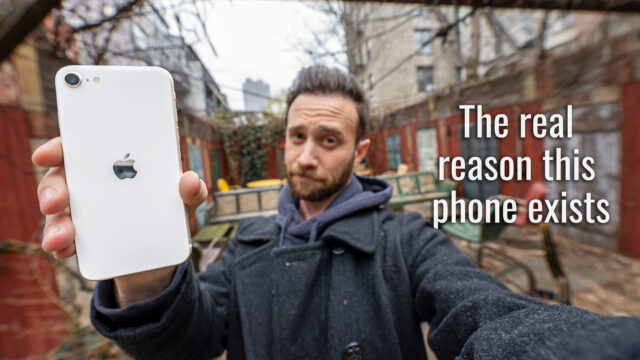What Happens to Your Facebook When You Die? Here’s How to Choose Its Fate
As technology becomes more and more entrenched in our daily lives, the need for us to consider what will become of our online presence after we pass away becomes a bigger and bigger priority. A few years ago, Google paved the way by allowing Gmail users to, as they put it, “plan for [their] digital afterlife” by designating a friend or family member to be their Inactive Account Manager when they die. Now Facebook has joined their ranks, announcing last week that they are introducing a similar feature, calling it a Legacy Contact.
Though this may seem bizarre and somewhat morbid (I’ll admit I found the idea creepy), the fact remains that many of us will probably leave behind significantly more tweets than books after we make that journey to the undiscovered country (those of you who think that’s a Star Trek reference may have just proved my point) and so we should probably consider what’s going to happen to all that digital info after we’re gone.
A Legacy Contact will be able to write a message to display at the top of the deceased’s page, as well as change the profile picture and respond to friend requests. Depending on the settings, the Legacy Contact may also be able to download and archive all of the deceased’s posts, pictures and “about” information. However, Legacy Contacts will not be able to access the deceased’s private messages. Designating a Legacy Contact can not only be beneficial to you, but can also help loved ones cope with your passing by giving them some control over your online presence and a place to mourn to some degree. So, despite it’s morbidity, it would probably behoove all of us to take some time to consider what we’d like to have happen to our Facebook account after we’re gone.
If you think you’d like to set up a Legacy Contact, keep reading for step by step instructions on how to do it.
1. Open your Facebook account.
2. Tap “Settings” from the drop-down arrow on the top right of the screen.
3. Tap “Security.”
4. Tap “Legacy Contact.”
5. Tap “Choose Legacy Contact.”
6. Enter your Facebook password, then tap “Continue.”
7. Enter the name of the Facebook friend you wish to designate as your legacy contact.
8. Once you’ve added your legacy contact, you can choose to tap “Send” to notify them, or tap “Not Now” to skip this step.
8. Once you’ve done that, you should see this page, meaning your legacy contact has been successfully set up.
From this page you can also specify a few other settings. By tapping “Data Archive Permission,” you can set whether or not you want your legacy contact to be able to download content from your Facebook page after your death. Should you decide you no longer wish to have this person as your legacy contact, you can always tap “Remove” to, well, remove them. And, if you decide you’d rather just have your account deleted entirely upon your death, you can do that too. Simply tap the “Account Deletion” button and it will give you that option. If you choose to do nothing, Facebook will simply adhere to its previous structure of memorializing your account once someone notifies them of your death. A memorialized account puts the word “Remembering” next to your name and allows your friends to continue to view your account. Depending on your privacy settings, they can also leave messages. So, as it stands now, Facebook is giving you multiple different options for dealing with your posthumous paper-trail. And, despite how creeped out I was upon first hearing of this new feature, I think giving users more control of their digital presence is a good thing, don’t you?
Do you think you’ll be making use of the new Legacy Contact feature? Or is there another option you’d like to see Facebook add to for its users?











